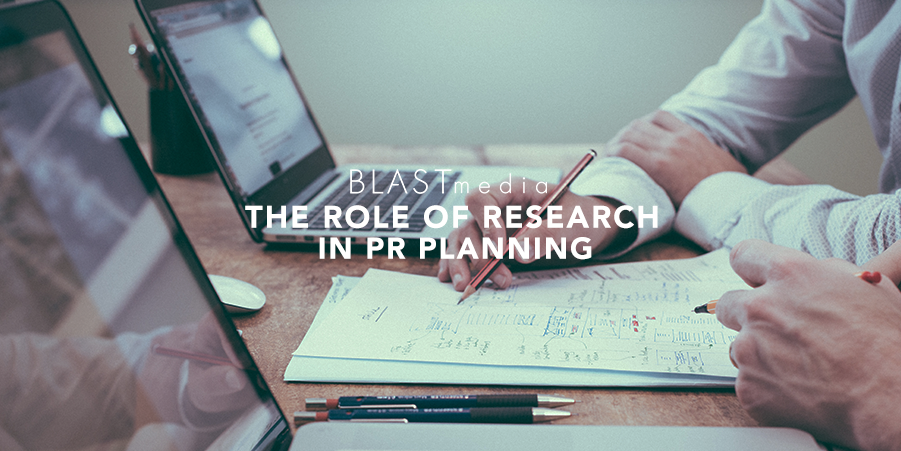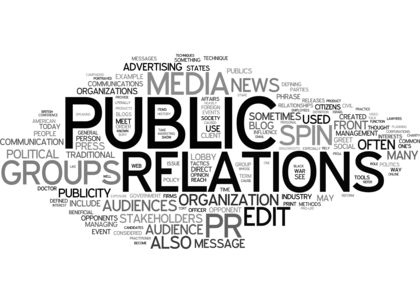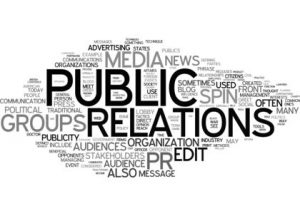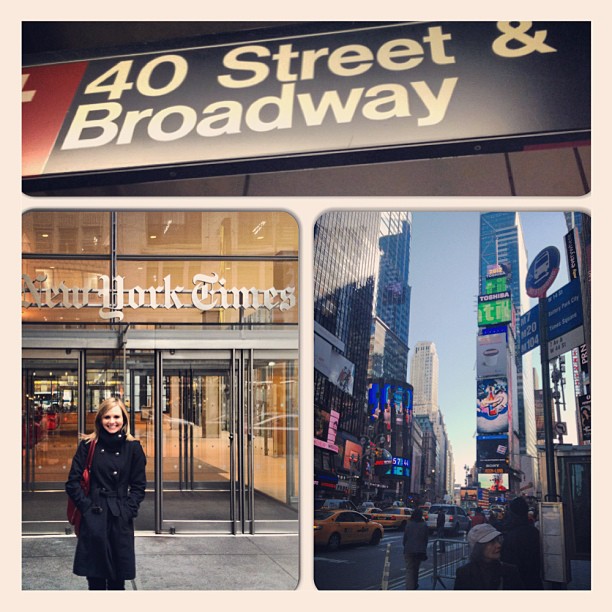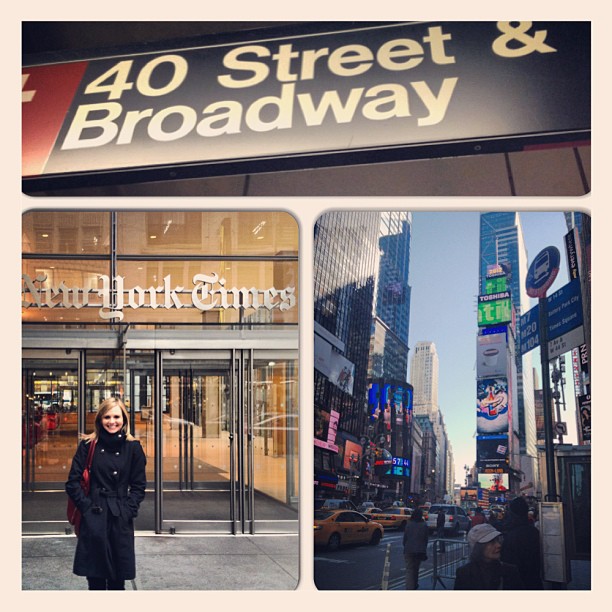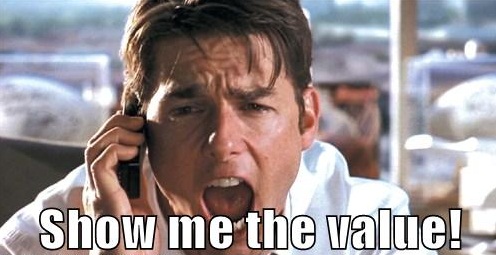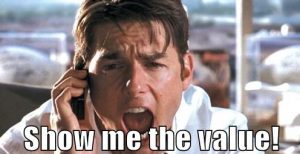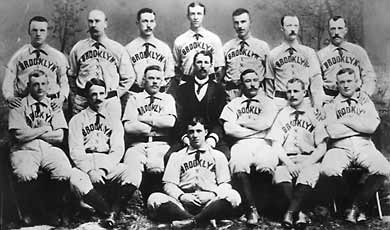Research is probably a term you hear a lot, but maybe you don’t really know what it means. Is there a drawback to not doing research? Is it really that important? The answer is an unequivocal yes.
Successful public relations programs require proactive and strategic planning. That planning must be grounded in research. It should be the first step in the process — followed by planning, implementation and evaluation.
Why Research Should Determine Your Goals
Research, as defined by PRSA (the Public Relations Society of America), is the systematic gathering of information to describe and understand a situation, check assumptions about groups of people and perceptions, and determine the public relations consequences. Research helps define what the problem is, and the publics (a group of people) you want to reach. If you’re looking to influence any type of audience, like customers or investors, that’s done through public relations. Without research guiding the method of how you’re going to influence those people, you’re just throwing things at the wall and hoping something sticks. That’s not effective, or good for your brand.
Think about your company’s long-term goals as you’re trying to figure out what you want your research to help with. What do you want your target public to think? Goals shouldn’t be communications-related because we’re trying to solve business goals, and communications are only a tactic of how to do that.
Your goal shouldn’t be “I want to be in the Wall Street Journal;” but it could be “I want to show marketing directors I’m an expert in the marketing tech space.” This could be done through an article in the Wall Street Journal. It could also be done by a piece of bylined content in a marketing trade publication that marketing directors love to read. Think about the overarching goals when formatting your PR plan, and make sure they’re grounded in research, to identify objectives or OKRs that will map back to your overall business goals.
Types of Research
There are many types of research — and honestly, it can get a little confusing. This can sometimes drive people away from research entirely, which is the worst thing you can do. Let’s break research down into groups:
- Primary & secondary research
Primary research is new or original information generated through firsthand research. You’re deliberately initiating this research, like a scientist collecting samples of data. Secondary research is not something you’re undertaking. It’s usually an examination of research previously done by others (like when you Google prior research on the topic). - Formal & informal research
Formal research is designed to gather data from scientifically representative samples using objective measures. Results can usually be projected to the larger universe, and it can be quantified. This is how you come up with statistics like “36% of the population….” Informal research is everything else (that doesn’t use the scientific method). - Quantitative & qualitative research
This one is a bit easier to understand. Quantitative = quantity, as in numbers. Quantitative research is numerically-based, can be compared, and uses closed-end or forced-choice questions (versus open-ended questions). Qualitative = quality, and usually provides a bit more in-depth answers than just a number. Qualitative research isn’t measurable since it isn’t based on numbers, and often provides more detailed information (think: focus groups). This type of research helps develop in-depth understandings of issues.
Where to Start
Now that you’re an expert in all types of research, where do you begin? Your research ahead of any PR planning should answer some pretty basic questions:
- Who do we want to reach?
- What do we want people that we’re reaching to do?
- What messages do we want to communicate to those people that will increase their knowledge and/or change their opinion?
Think about what types of decisions will be made based on your research results. What information will be required to support that decision?
Don’t try to reinvent the wheel. Other parts of your organization may have already done some type of research you can use (that’s that secondary research). Even if it isn’t exactly what you’re looking for, it can still be helpful when you’re starting. Think about these questions when you’re figuring out what type of research you’re going to do:
- How much time do you have?
- What questions will you ask?
- Will the results be made public, or will it only be used internally?
- How will you collect data — via online surveys, telephone, mail-in, focus groups?
- Does sample selection for a survey give you an accurate assessment of your target population (if you’re researching what common problems IT leaders experience, you wouldn’t survey a group of marketing professionals)?
Information gathering usually begins with an analysis of relevant secondary sources. Sometimes secondary research is all you have the time or money to do. The key considerations in determining your scope of research are what you need to find out and how you plan to use research results. While secondary research may be enough in some situations, you will usually need primary research to establish benchmarks for assessing specific future outcomes.
Research Essential for Media Relations and SaaS PR
You’re likely reading this blog not because you’re a research aficionado, but because you want to elevate your SaaS company’s brand or public perception. And I’m here to help you do just that! There are a few specific types of research essential for media and public relations for SaaS companies.
Content analysis
Content analysis is objective, systematic and quantitative description and evaluation of the content of documents, including print and broadcast coverage. An example would be reviewing your media coverage and your competitors’ media coverage to better understand how often each is covered and who has a stronger share of voice.
Media analysis
A media analysis offers a more qualitative look at a brand’s media presence. This allows you to identify media opportunities that exist in the market and see why competitors are being covered. Could you steal their thunder? Perhaps — but not if you don’t know what their thunder is in the first place (cough, cough…research).
Both of these are important during the PR planning process, which is why BLASTmedia’s media landscape analysis (that all of our clients receive during their onboarding period) is developed using both content analysis and media analysis..
PR is exciting, and it can be tempting to want to dive into planning or implementation right away, but it’s imperative that goals and the strategies and tactics to meet those goals are rooted in research, or else you’re just spinning your wheels. If you want more details on content and media analysis, make sure to follow BLASTmedia on LinkedIn; we have some more in-depth information on both of those coming to you soon.


